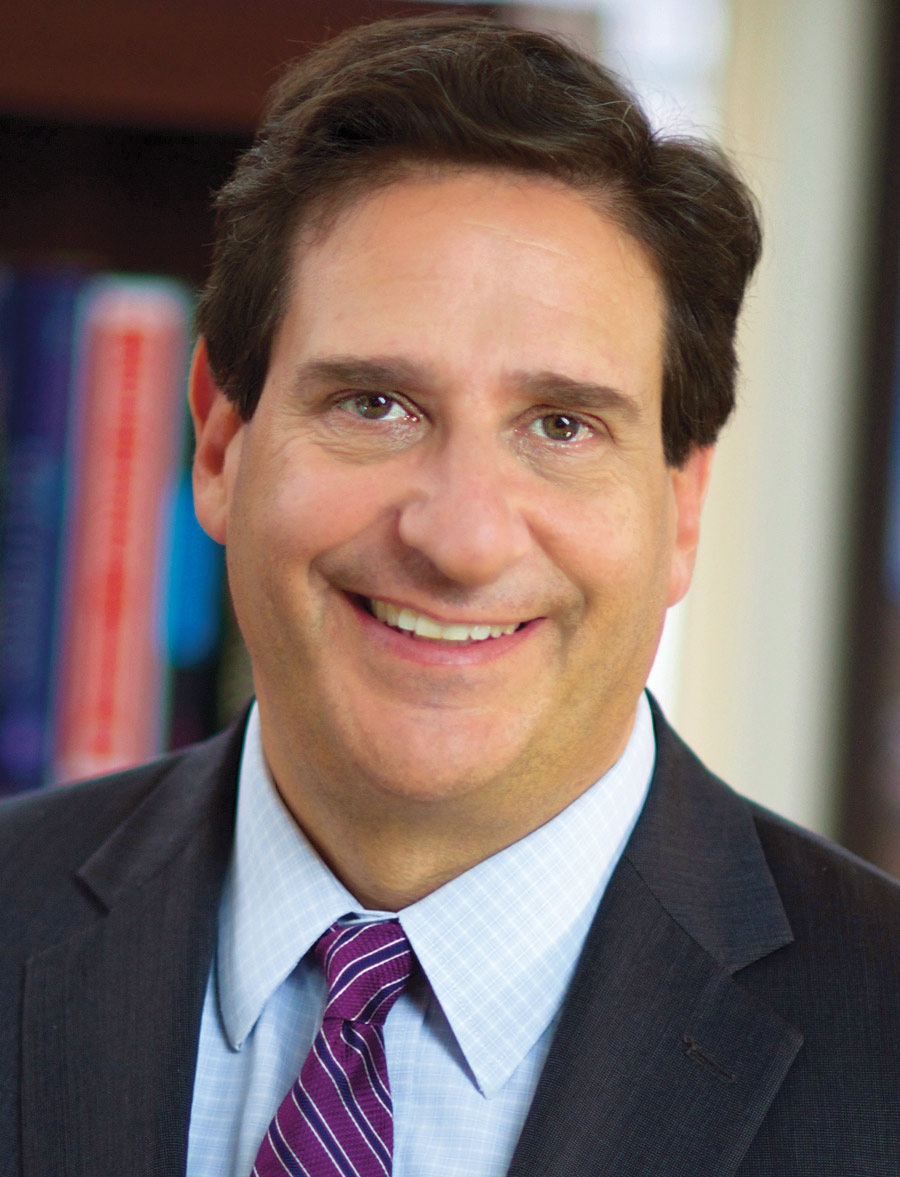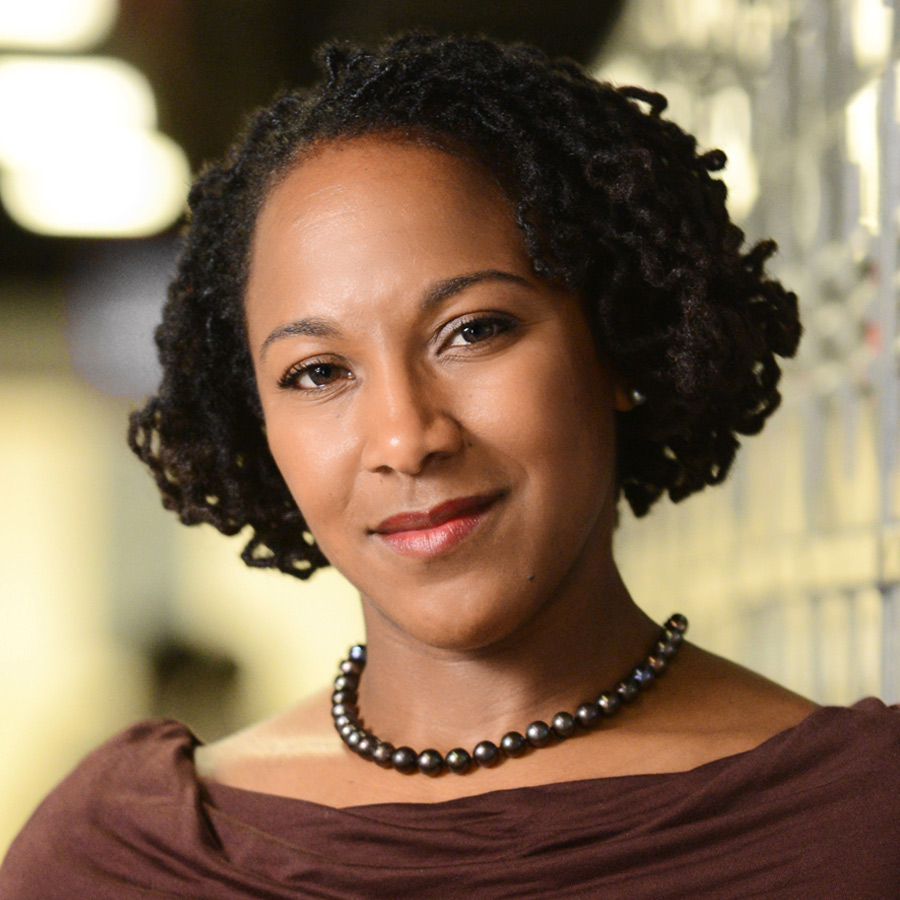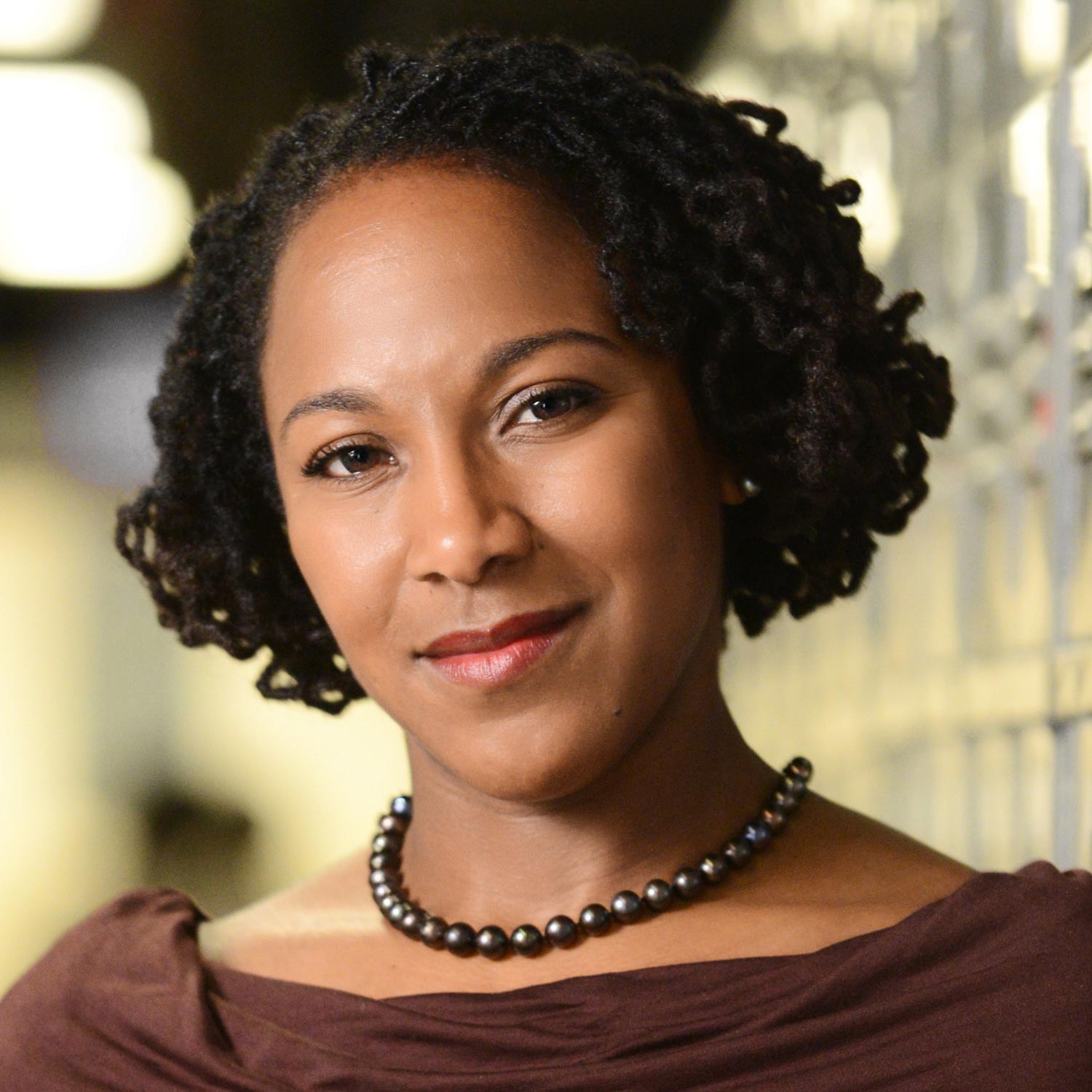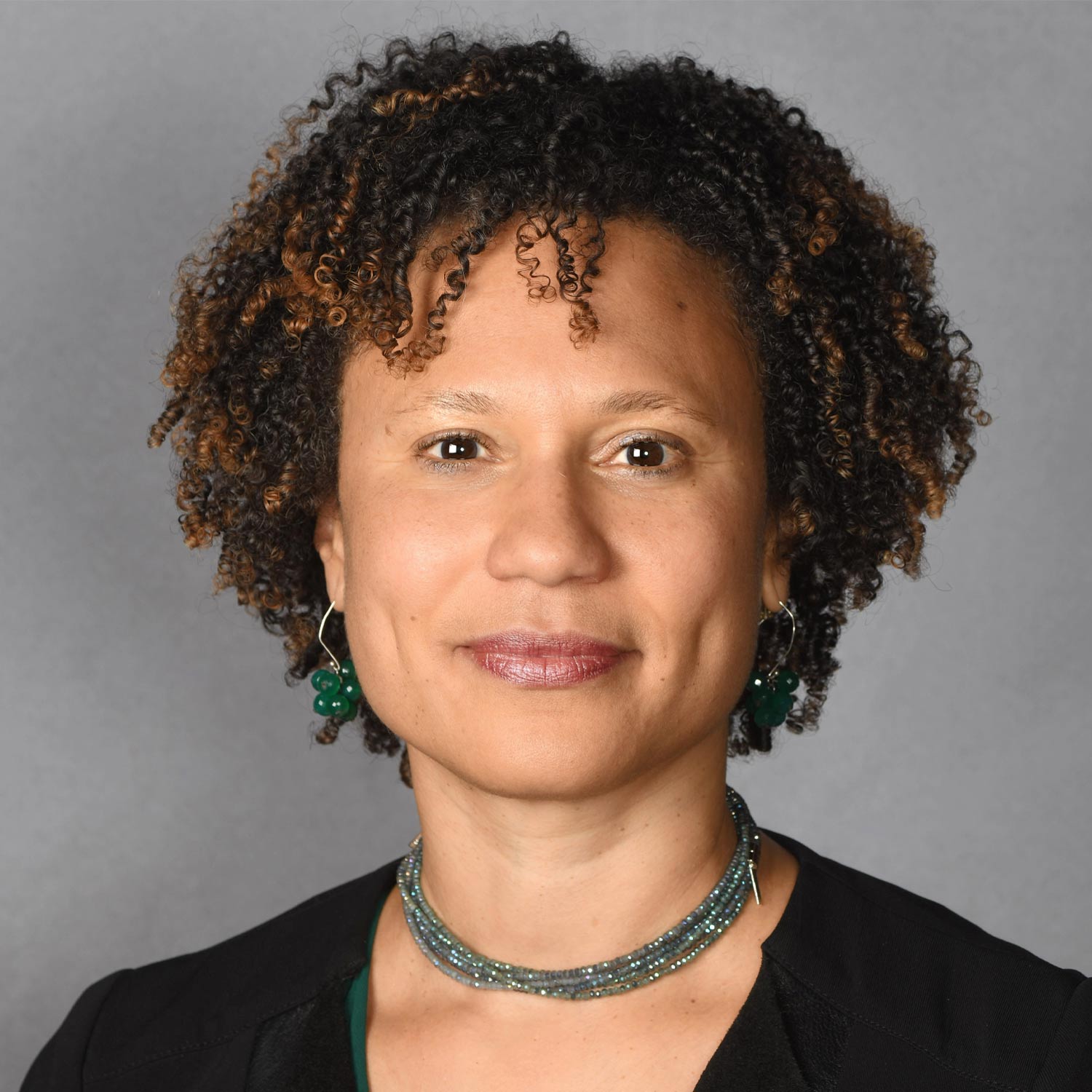


Foreword

Ultimately, to achieve real, lasting changes, we need to go beyond the tweets, hashtags, and slogans. In this respect, law schools have a special and important responsibility. Legal scholars have the luxury of thinking deeply about legal issues of the moment for extended periods of time. To effectively address the serious problems of systemic racism and violence against Black Americans, we must gain an understanding of how and why we ended up here, and we must have a vision for a better world.

Director of Center on Race, Law and Justice

Associate Director of Center on Race, Law and Justice






In service of these goals, we use this Article to explore a toxic racial construct often used to distract American women from our shared rights claims—the political trickster known as the “welfare queen.” This construct was born as a result of fiscal conservatives’ attacks on government anti-poverty subsidy programs in the 1980s. It relied on antipathy toward Black women—characterized as “welfare cheats” or frauds—and pathologized women of color to call for aggressive cuts to social-safety-net programs. This Article explores the remobilization of this construct in present-day electoral politics and the ways in which it compromises cross-racial coalitions and obscures the path to reform. We take as our object the 2016 presidential election and its aftermath, for in 2016, then-presidential candidate Donald Trump and his surrogates reanimated the welfare queen construct and alleged that she was stealing American democracy through voter fraud. The visceral power of this construct allowed this group of Republicans to transform Americans’ understanding of voting rights and American democracy. In so doing, their representations simultaneously sidetracked feminist efforts to build strong cross-racial coalitions. This Article explores the various paths out of our current discourse, dispelling the distracting haze generated by the welfare queen construction. In the process, we also hope to advance our conceptual understanding of intersectional identities and their relationship to political change.


